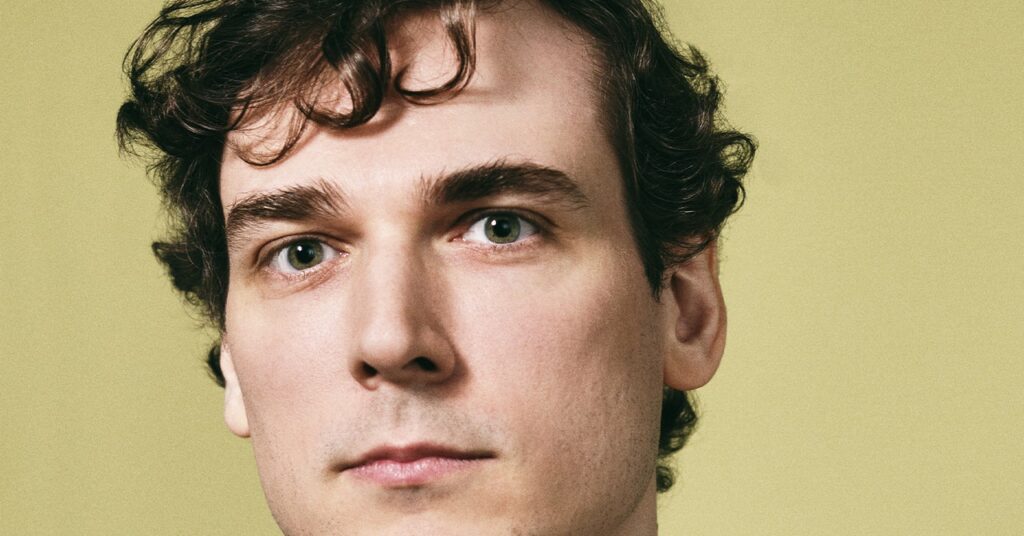[ad_1]
Roeland Decorte grew up in a nursing home in Belgium, where he learned to spot the subtle early signs of mental decline in small changes to how residents walked or talked. When Decorte was 11, his father, who owned and managed the care home, started waking up in the middle of the night with chest pains and an overwhelming sense of impending doom.
He went to two doctors, who briefly listened to his heartbeat through their stethoscopes and diagnosed him with anxiety. But the symptoms persisted, and it was only when he underwent a full set of scans at a private hospital that a third doctor uncovered the source of the problem—a tiny hole between the left and right chambers of his heart. If left unnoticed, it would have killed him—he was 39.
Disaster averted, the young Decorte was able to focus on his studies, and by age 17 he was an undergraduate at the University of Cambridge—the youngest Belgian ever to attend the prestigious college. (This caused some logistical issues: His tutor had to become his legal guardian, and a new payment system had to be put in place at the college bar to prevent him from buying alcohol like his peers.)
He spent the next seven years specializing in ancient codebreaking, and a comfy career in academia (or a more exciting one as an Indiana Jones–style relic hunter) beckoned. But Decorte never stopped thinking about what had happened to his dad and how he could have been diagnosed much sooner if a doctor, any doctor, had spent more than 30 seconds listening to his heart. So in 2019, lacking medical training but armed with the confidence that only an Oxbridge education can provide, the then 27-year-old Decorte founded a company and turned his attention to cracking a different ancient code: the secret rhythm of the heart.
There’s an AI boom in health care, and the only thing slowing it down is a lack of data. Meanwhile, time-pressured doctors can collect information only sporadically. Wearables such as smartwatches might be able to measure pulse, but they’re bad at more specific diagnoses (partly because the wrist is about as far away from the really vital organs as you can get).
Decorte wanted to develop a piece of technology that could monitor the body continuously and precisely, so that people like his father could get the treatment they need more quickly. He began by trying to build sensors into clothes so people could track their vitals without a doctor’s visit. Then he designed an elaborate exoskeleton packed with sensors to measure all kinds of ailments. This attracted some military interest but wouldn’t really have helped someone like Decorte’s father. “I was very naive,” he said when we met recently in the wood-paneled basement of a twee café in Mayfair, London. “There was about two years full-time where I was just working out of the spare room in my house doing nothing else.” But the problem he kept running into was noise: Unless you could build a contraption that pressed each sensor right against the skin, there was too much random interference from people moving around in the world to get a good sense of what was actually happening in the body.
[ad_2]
Source link


